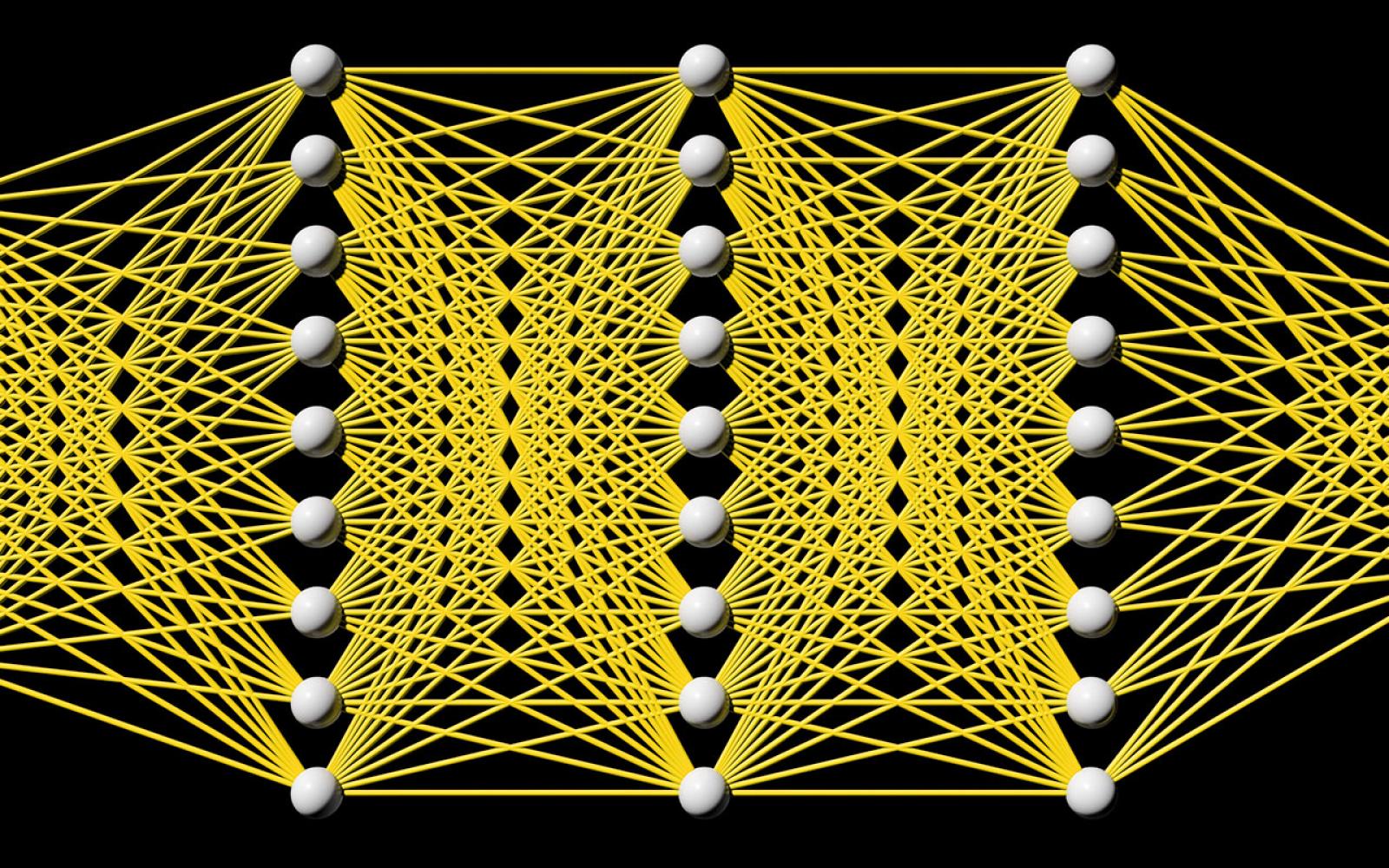The Gaussian Graphical Model in Cross-sectional and Time-series Data.
We discuss the Gaussian graphical model (GGM; an undirected network ofpartial correlation coefficients) and detail its utility as an exploratory dataanalysis tool. The GGM shows which variables predict one-another, allows forsparse modeling of covariance structures, and may highlight potential causalrelationships between observed variables. We describe the utility in 3 kinds ofpsychological datasets: datasets in which consecutive cases are assumedindependent (e.g., cross-sectional data), temporally ordered datasets (e.g., n= 1 time series), and a mixture of the 2 (e.g., n > 1 time series). Intime-series analysis, the GGM can be used to model the residual structure of avector-autoregression analysis (VAR), also termed graphical VAR. Two networkmodels can then be obtained: a temporal network and a contemporaneous network.When analyzing data from multiple subjects, a GGM can also be formed on thecovariance structure of stationary means---the between-subjects network. Wediscuss the interpretation of these models and propose estimation methods toobtain these networks, which we implement in the R packages graphicalVAR andmlVAR. The methods are showcased in two empirical examples, and simulationstudies on these methods are included in the supplementary materials.
Stay in the loop.
Subscribe to our newsletter for a weekly update on the latest podcast, news, events, and jobs postings.



